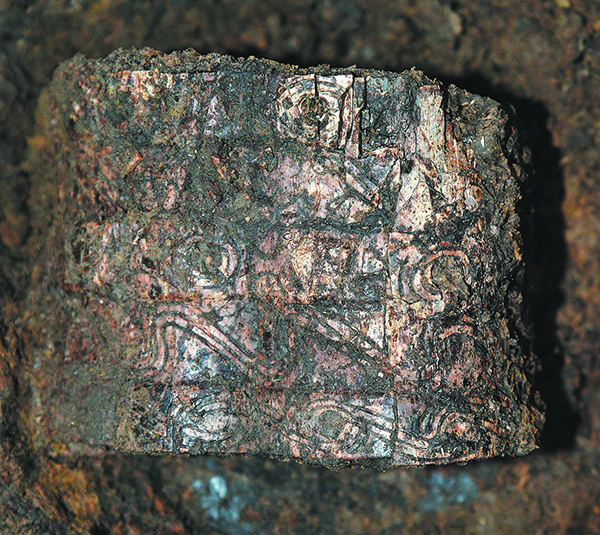
YONGCHENG, CHINA—Xinhua reports that a 5,000-year-old royal tomb of the Dawenkou Culture has been unearthed in central China’s Wangzhuang ruins, which have been dated to between 4000 and 2600 B.C. “The latest discovery indicates that the Wangzhuang ruins are not an ordinary settlement but rather, the capital of a prehistoric kingdom,” said Zhu Guanghua of Capital Normal University. The large tomb contained inner and outer coffins thought to have held the remains of a king, he added. More than 100 pottery vessels, some 200 jade ornaments, bone tools, and animal remains were also recovered. The burial was badly damaged in antiquity, however. “Most of the tomb owner’s skeletal remains within the wooden coffin are missing, with only a few toe bones left,” Zhu explained. “Small jade ornaments were scattered inside and outside the coffin and many stone ceremonial blades were deliberately broken,” he said. Researcher Li Xinwei of the Chinese Academy of Social Sciences concluded that the artifacts from Wangzhuang show that the residents were influenced by other cultures living in the Yangtze River Basin, and eastern and central China. To read about thousands of bronzes discovered in China’s Sichuan Province, go to “The Many Faces of the Kingdom of Shu.”